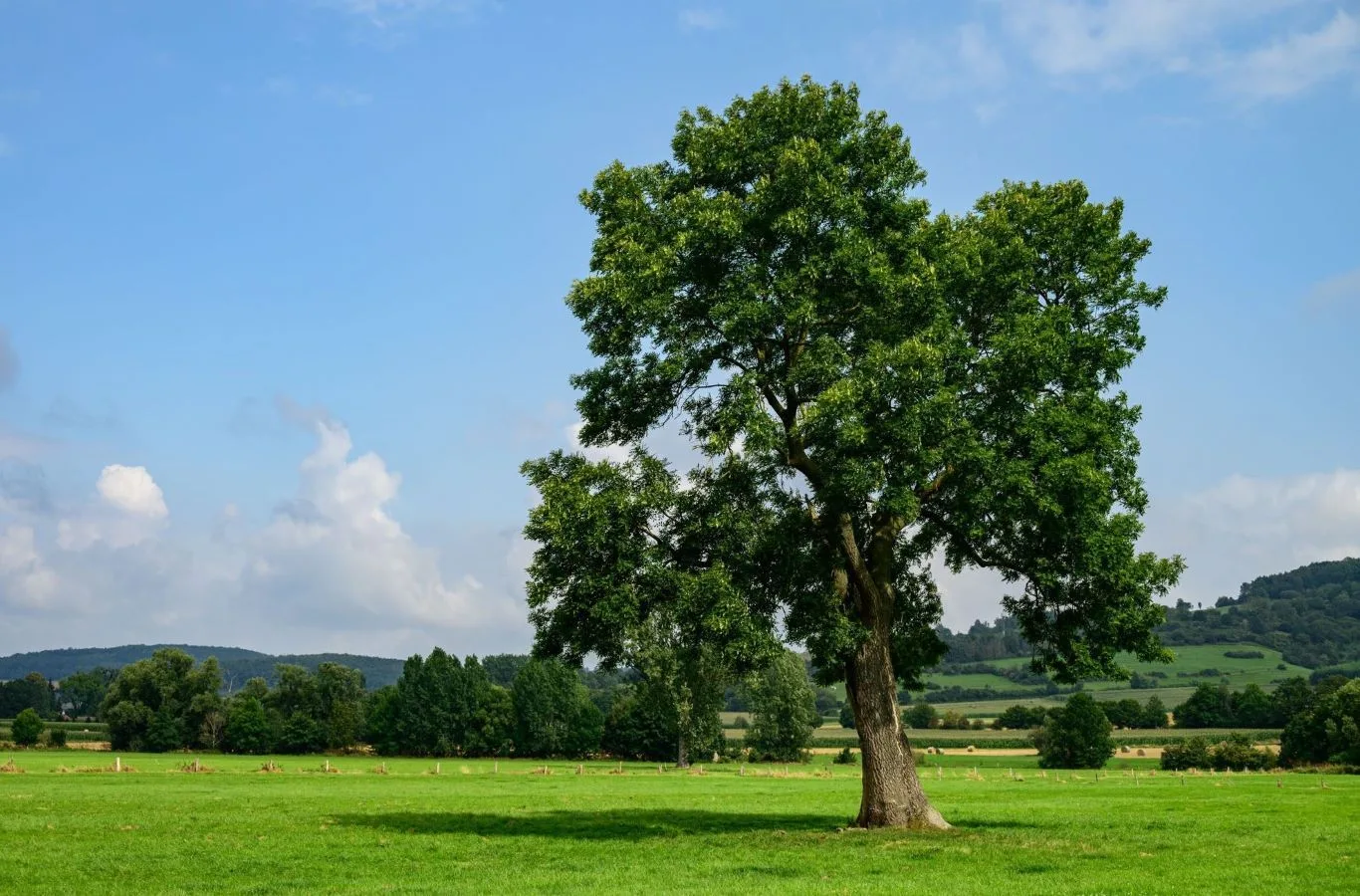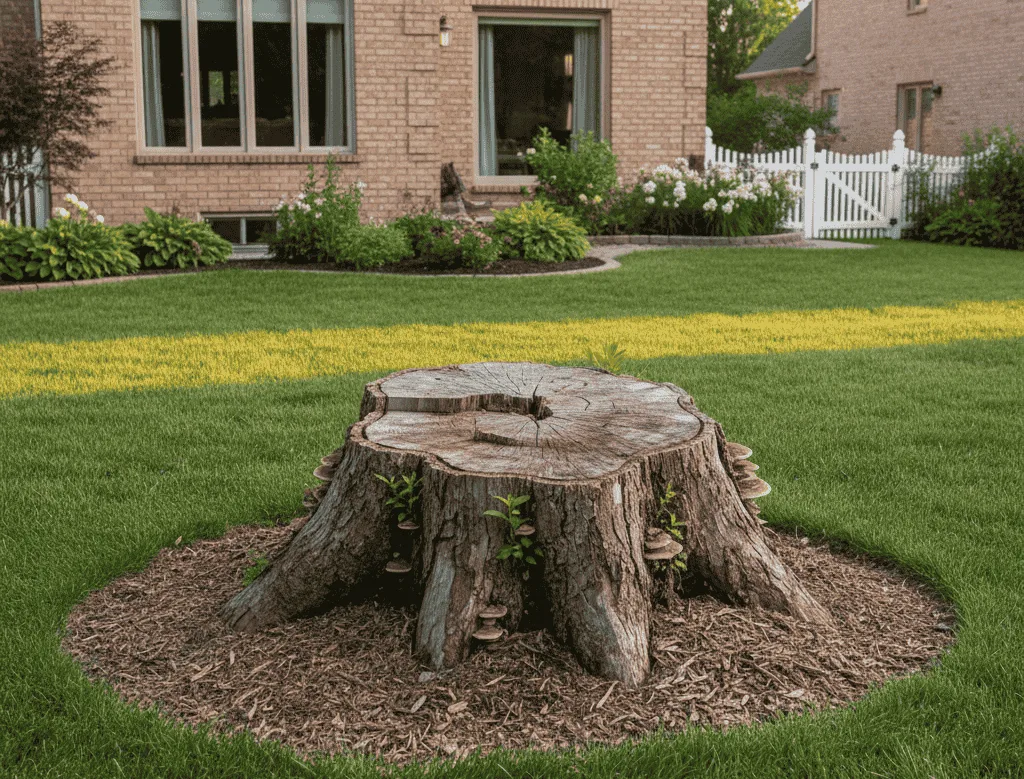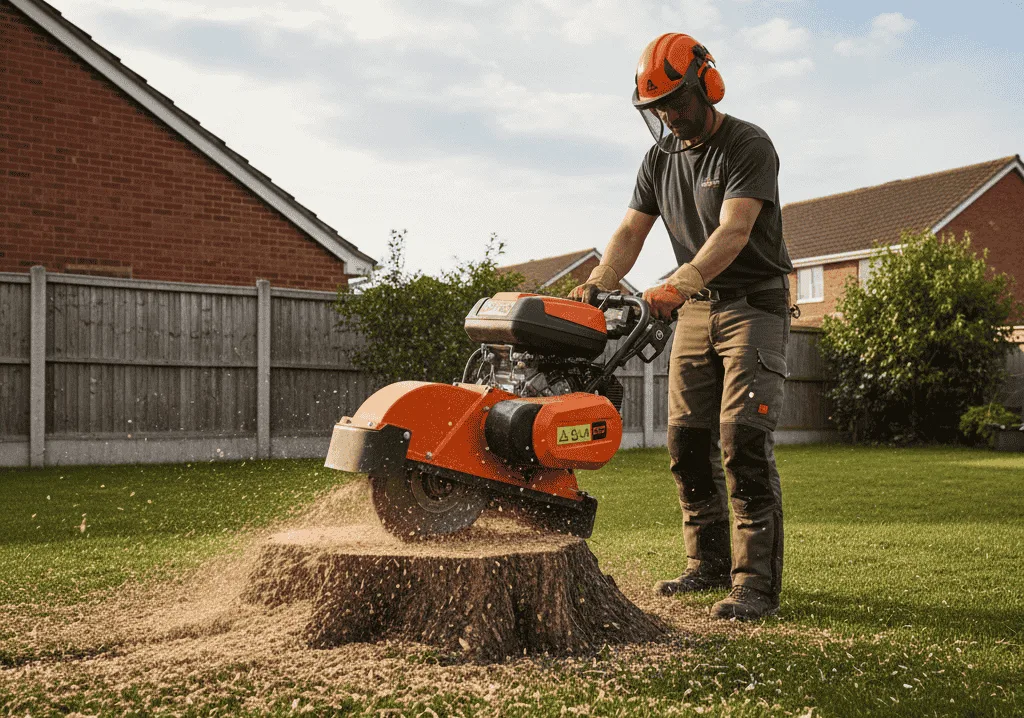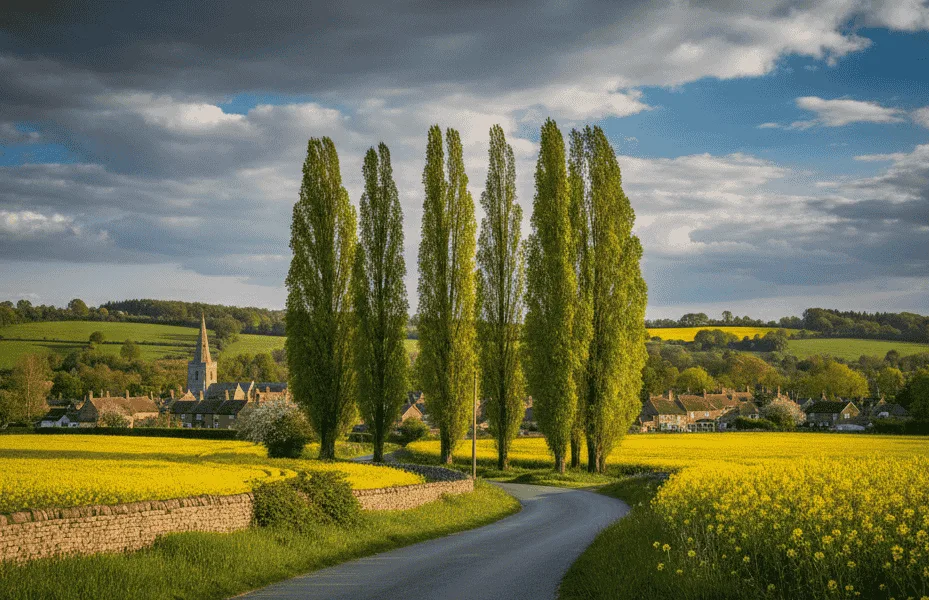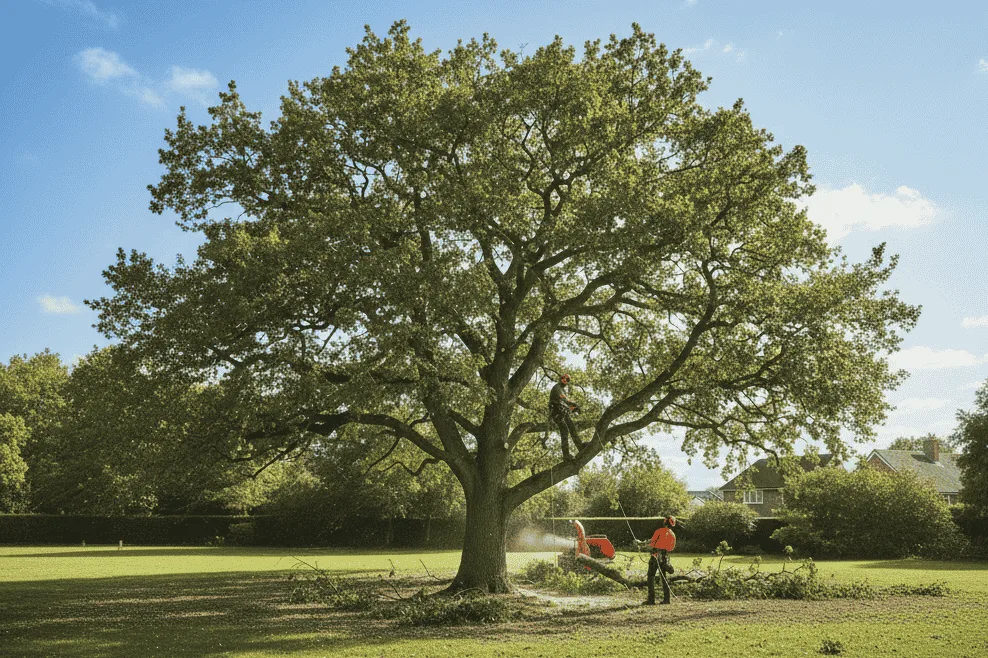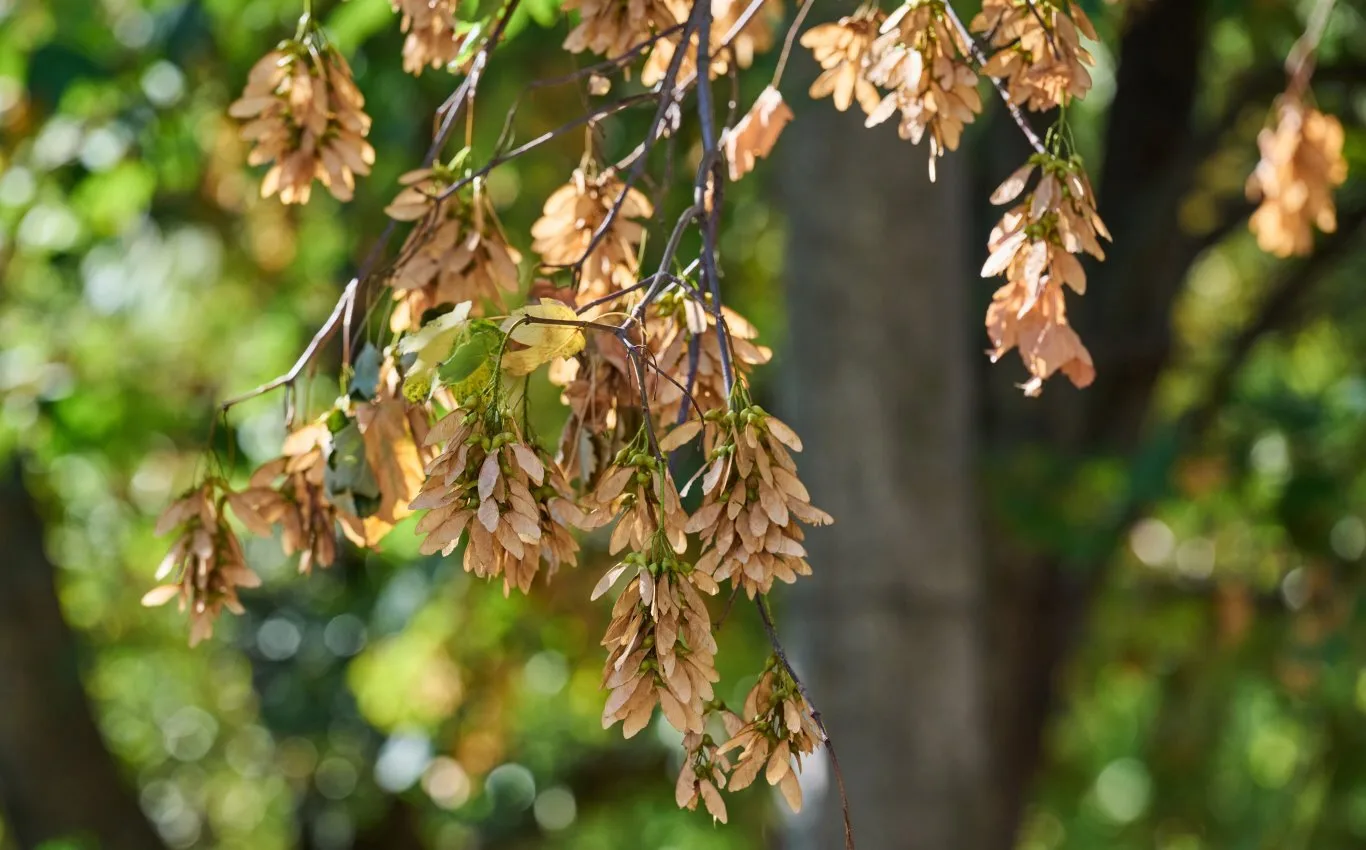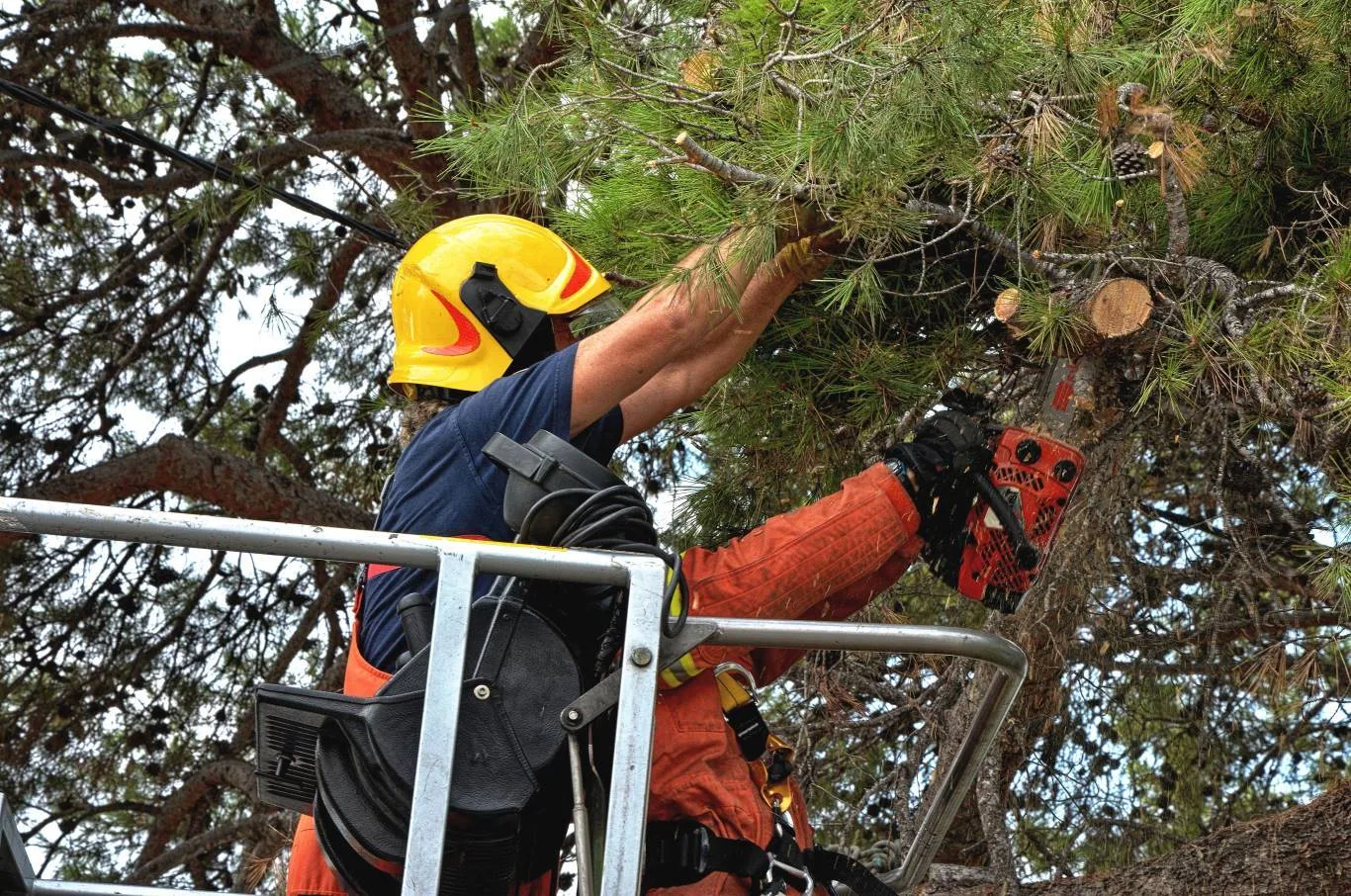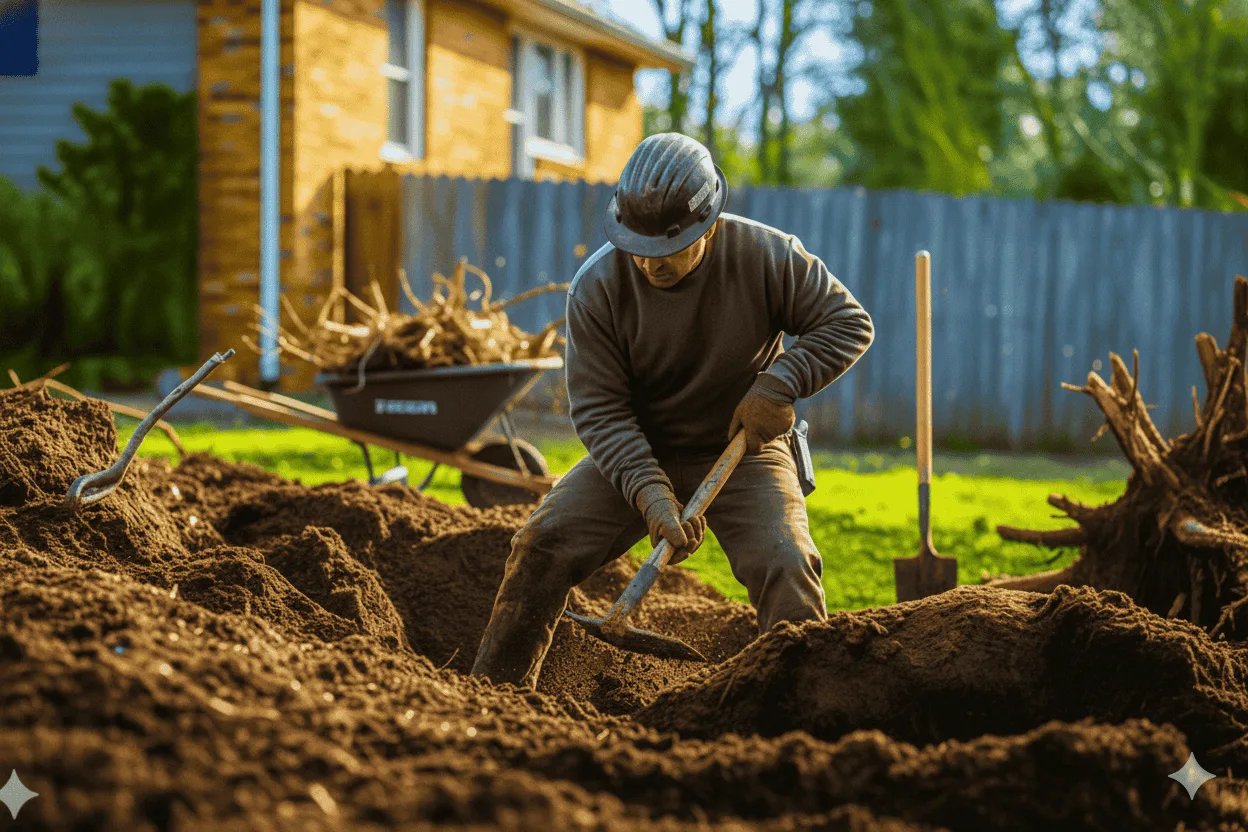Ash trees have long been admired across the UK for their strength, beauty, and ecological importance. Found in woodlands, parks, and private gardens, they stand as a symbol of endurance and natural balance. Understanding the different types of ash trees not only helps with identification but also ensures proper care and preservation—something essential for maintaining the health of our local landscapes.
If you’re a homeowner, landscaper, or property manager who values healthy and well-maintained trees, it’s always wise to seek help from a professional. Chigwell Tree Services, one of the most trusted and affordable companies in Essex, offers expert tree care and maintenance solutions that keep trees thriving all year round.
Free quote just a WhatsApp message away – click now!
🌳 An Introduction to Ash Trees
Belonging to the Fraxinus genus, ash trees are a staple of the British countryside. Known for their elegant pinnate leaves and tall, straight trunks, they can live for hundreds of years under the right conditions. In the UK, there are several species of ash trees, each with unique characteristics, from bark texture to leaf structure and growth patterns.
These trees also provide valuable habitats for wildlife, acting as a source of food and shelter for birds, insects, and small mammals. Unfortunately, ash trees have faced challenges in recent years, particularly from Ash Dieback Disease (Hymenoscyphus fraxineus), which has affected many regions of the country. Recognising different ash tree varieties is the first step in understanding how to protect and manage them responsibly.
🌿 1. Common Ash (Fraxinus excelsior)
The Common Ash is the most widespread ash tree species in the UK. Known for its tall stature and domed crown, this tree can grow up to 35 metres high. It has smooth, grey bark when young that becomes ridged as it matures.
Its leaves are composed of 9–13 slender leaflets with serrated edges, giving it a light, airy appearance. The Common Ash thrives in fertile, well-drained soils and is often found in hedgerows and ancient woodlands.
🌿 2. Narrow-Leaf Ash (Fraxinus angustifolia)
The Narrow-Leaf Ash, also known as the Southern European Ash, is recognised for its slim, elongated leaves and more compact form compared to the Common Ash. It’s hardy, drought-tolerant, and can adapt to a range of soil types, making it a good choice for urban areas or dry gardens.
This ash tree species has a slightly lighter bark and smaller leaves, giving it a refined and decorative look. It’s less common in natural UK forests but often used in landscaping and city planting projects due to its resilience.
🌿 3. White Ash (Fraxinus americana)
Native to North America, the White Ash has made its way into many UK gardens and arboretums. This ash tree variety is appreciated for its stunning autumn colours, with foliage that turns a deep purple or red before shedding.
The bark is grey and furrowed, while the leaves are broader and slightly glossier than those of the Common Ash. Although it’s not a native UK species, it grows well in British conditions, provided it has enough space and moisture.
🌿 4. Black Ash (Fraxinus nigra)
The Black Ash is another North American species occasionally found in UK collections. It prefers damp, swampy environments and is less tolerant of dry soils. Its bark is darker and its wood softer, historically used for basket weaving and furniture making.
While rare in the UK, this kind of ash tree is valued for conservation and educational planting, helping diversify the range of ash genetics across Europe.
🌿 5. Manna Ash (Fraxinus ornus)
Native to southern Europe, the Manna Ash has become increasingly popular in the UK for ornamental planting. Its name comes from the sweet sap it produces—known as “manna”—once used as a natural sweetener.
This ash tree variety is smaller than most, typically growing up to 15 metres. It produces clusters of creamy white flowers in late spring, making it one of the most visually appealing species of ash trees. It’s also relatively resistant to Ash Dieback, making it a smart alternative for replanting projects.
🌿 6. Raywood Ash (Fraxinus angustifolia ‘Raywood’)
Often chosen for decorative landscapes, the Raywood Ash stands out for its glossy foliage that turns vibrant claret-red in autumn. This variety is a cultivar of the Narrow-Leaf Ash and grows gracefully with a slender trunk and symmetrical crown.
In gardens and parks, it’s a favourite for adding colour and structure. Its moderate size and drought tolerance make it ideal for modern urban landscaping.
🌿 7. Oregon Ash (Fraxinus latifolia)
The Oregon Ash is a robust species from North America, known for its broad canopy and fast growth. It thrives in moist environments and can be found near rivers and wetlands.
Although not native to the UK, it’s occasionally planted for its ornamental qualities and adaptability. The bark develops attractive furrows with age, and its bright green leaves add texture to any landscape.
🌿 8. Mountain Ash (Rowan) – Sorbus aucuparia
While technically not a true member of the Fraxinus genus, the Mountain Ash, or Rowan Tree, is often confused with ash trees because of its similar leaf shape. This type of ash tree (by name) is actually part of the Sorbus family, well-loved for its clusters of red berries that attract birds.
Common throughout the UK, it’s smaller in size and highly resilient, making it perfect for gardens and smaller spaces. Its beauty and symbolism in British folklore make it one of the nation’s favourite trees.
🍃 Caring for Ash Trees in the UK
Caring for ash trees involves more than just occasional pruning. Regular inspections are key to detecting early signs of Ash Dieback, fungal infections, or pest issues like emerald ash borer. Proper soil nutrition, moisture management, and professional trimming can greatly improve longevity and appearance.
For those who want to ensure their ash trees remain strong and healthy, turning to a reputable expert is essential. Companies like Chigwell Tree Services combine deep local knowledge with years of experience, offering reliable tree care services including trimming, removal, disease management, and emergency callouts across Essex and nearby areas.
🌿 Environmental Importance of Ash Trees
Ash trees are not only visually stunning but also ecologically vital. They absorb carbon dioxide, improve air quality, and support numerous wildlife species. Their light canopy allows sunlight to reach the forest floor, encouraging wildflowers and native plants to thrive beneath.
The loss of ash trees due to disease has been a significant concern in the UK, prompting conservation projects and replanting efforts with more resilient ash tree varieties. Public awareness and responsible maintenance will play a key role in protecting this iconic tree for future generations.
🌳 Final Thoughts
From the Common Ash that defines British woodlands to ornamental varieties like Manna Ash and Raywood Ash, the diversity of ash tree species in the UK is truly remarkable. Each has its own strengths, beauty, and environmental role.
Whether you’re planting new trees, maintaining mature ones, or dealing with disease-affected specimens, professional guidance ensures the best outcomes. For homeowners and property managers across Essex, Chigwell Tree Services remains a trusted partner for affordable and expert tree care—helping preserve the natural beauty of your landscape with care and precision.

